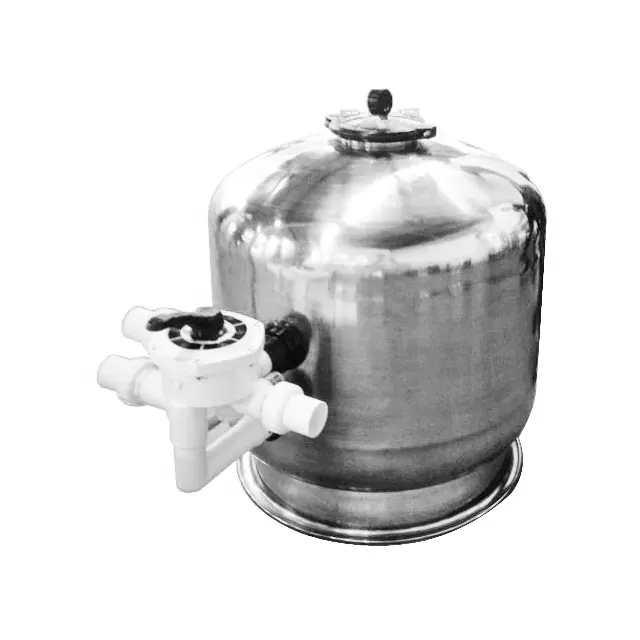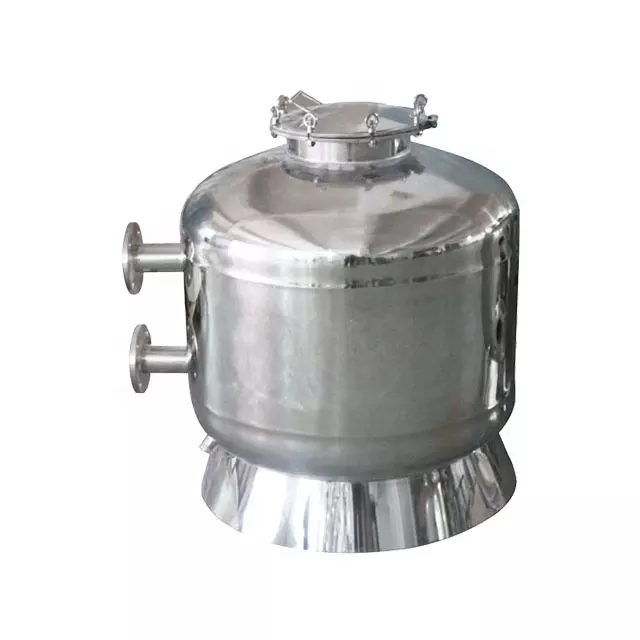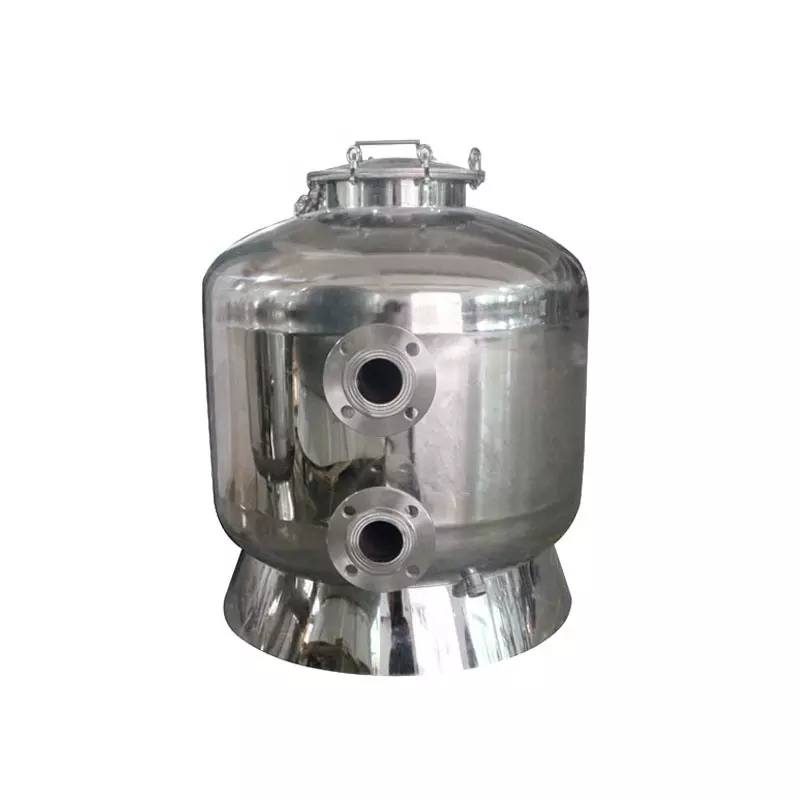
Did you know that the ancient Greeks cleaned their bathhouse pools using pool sand filters? That is the age of sand filter technology, but don't let that deter you. Some of the most critical technologies from centuries past are still used today. New pool owners or those wishing to upgrade their filtration system may have queries like: What is a sand filter? How does it work? How long does a pool sand filter last? What is the cost of sand filters?
When it comes to any of these questions, we're here to help.
In addition to manufacturing and operating one of the most popular swimming pool websites globally, Fenlin also manufactures fiberglass pools. Because we are telling pool owners and pool consumers, we attempt to cover the necessary themes and goods they use daily.
We'll go into great depth about pool sand filters in this post so that you can determine whether one is ideal for your pool before you spend any money. If you've read this article to the conclusion, you should have a better understanding of the pros and cons of using a sand filter and the costs, maintenance, and other aspects of doing so.

pool sand filter
pool sand filter - Fenlin
What Is Sand Filter?
Your pool's filtration system is interconnected with an external container that contains sand. The sand in the sand tank traps trash and particles and keeps them from returning to the pool when the water flows past it. As a consequence, the water is crystal clear. Sand filters typically employ #20 sand, although they may also use glass or zeolite. With the high pressure necessary to operate the filtering system, the pool sand filter housing must be composed of fiberglass, stainless steel, or plastic.
How Does it Work?
Sand filters move water from the top of the tank to the bottom by using high pressure to push the water through the sand. The sharp edges of the sand grains capture dirt, debris, and human waste as it falls to the bottom. As the water circulates, it removes smaller and smaller particles until the sand gets too thick and has to be cleaned, otherwise known as backwashed.
Backwashing Sand Filter
The pool sand filter must be backwashed (manual or automatic) to remove the sand. When you backwash your sand filter, water flows backward through the sand, beginning at the bottom and working its way up to the top, picking up trash and particles as it goes along. At this point, any remaining debris is deposited in the rubbish bin and will not be returned to the pool. Backwashing is not a labor-intensive or time-consuming technique.
The clean sand may begin filtering the pool water again when the backwashing cycle is complete, and the system has been cleaned.
Anatomy of a Sand Filter
In this article, we'll break down the various components of a sand filter to see how they work together to flow water through the system. Water must first enter the tank for the sand filter to work correctly. To begin the filtering process, the water must be pushed to the top of the tank if it comes by a side pipe.

It resembles a fountain if that makes sense. Regardless of the direction from which water enters a fountain, the water must trickle down from the highest tier. The pool water is distributed uniformly across the sand bed after passing through a distributor at the top of the pool sand filter tank.
The water then washes through the sand, removing any remaining contaminants, until it reaches the laterals at the bottom of the tank. To prevent sand from getting into the pool, the lateral apertures are only big enough to allow water in. After being discharged from the laterals, the water rises to the top, passes through the distributors, and then is flushed into a drain.
What is the Cost of Sand Filter?
A new sand filter costs between $300 and $1,000. The price of an inground sand filter ranges from $450 to more than $1,200, depending on the size of the pool. Above-ground pool sand filters may be purchased for as little as $300 to $500, making them an excellent value.
Sand Filter Sand Cost
Changing your sand filters with new sand costs typically roughly $25 per 50-pound bag, and you'll need between 100 and 600 pounds depending on your filter's capacity and design. You'll probably need 350 pounds of sand for average-sized inground pool filtration. However, the most expensive part of your sand filter will be acquiring and putting it up.
How Long Does a Pool Sand Filter Last?
If properly cared for and maintained, a sand filter may last 25 years. Parts like valves and gaskets might wear out over time, but the system is unlikely to require replacement for many years. If you need to replace your sand filter, be sure to obtain the right size and follow the manufacturer's instructions to set up the new filter. The flow rate of your pool pump must be matched to the new sand filter, which is equally crucial.

What Sand Filter Size Do I Require?
This will depend on how much water your pool contains and its dimensions. A 24-inch diameter pool sand filter is required for most inground pools up to 20,000 gallons, whereas a 36-inch diameter filter is necessary for pools exceeding 50,000 gallons (the largest size). A 24- to the 30-inch tank is required for pools with a capacity of 20,000 to 30,000 gallons.
Upsizing is an option, but shrinking isn't since it might put undue strain on the system.
Which Kind of Pools Are Best for Sand Filters?
There are pool sand filters for fiberglass, concrete, vinyl liner, and other prefabricated pools, including container pools that may be used in an inground pool. Sand filters are also popular among those who own above-ground pools.
As long as the filter size is proportional to the pool's size, it doesn't matter what style of pool you have or how good your filtration system is. Calculate your filter's turnover rate accurately by considering the number of hours it will be running each day.
We hope that this information has assisted you in deciding whether or not a pool sand filter is suitable for your swimming pool. Those who possess a swimming pool might benefit from a few words of advice before you leave: Don't let your pool upkeep get out of hand. Pools and sand filters will last longer and perform better if you take care of them regularly.



















